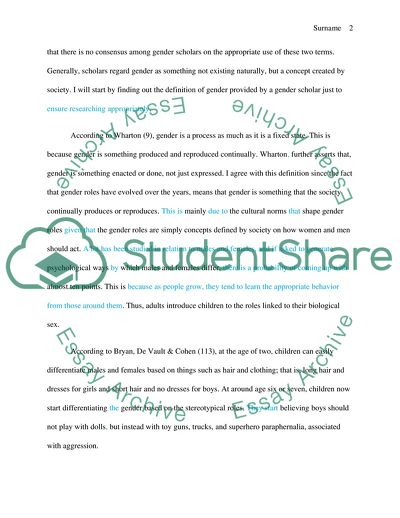Cite this document
(Gender Roles and Socialization Coursework Example | Topics and Well Written Essays - 2000 words, n.d.)
Gender Roles and Socialization Coursework Example | Topics and Well Written Essays - 2000 words. https://studentshare.org/gender-sexual-studies/1852486-persuasive-speech-and-essay-gender
Gender Roles and Socialization Coursework Example | Topics and Well Written Essays - 2000 words. https://studentshare.org/gender-sexual-studies/1852486-persuasive-speech-and-essay-gender
(Gender Roles and Socialization Coursework Example | Topics and Well Written Essays - 2000 Words)
Gender Roles and Socialization Coursework Example | Topics and Well Written Essays - 2000 Words. https://studentshare.org/gender-sexual-studies/1852486-persuasive-speech-and-essay-gender.
Gender Roles and Socialization Coursework Example | Topics and Well Written Essays - 2000 Words. https://studentshare.org/gender-sexual-studies/1852486-persuasive-speech-and-essay-gender.
“Gender Roles and Socialization Coursework Example | Topics and Well Written Essays - 2000 Words”. https://studentshare.org/gender-sexual-studies/1852486-persuasive-speech-and-essay-gender.


